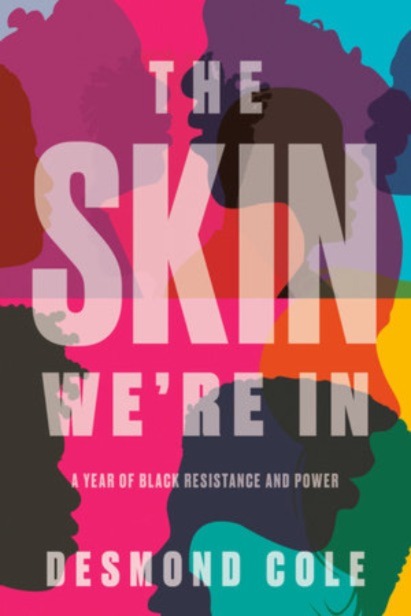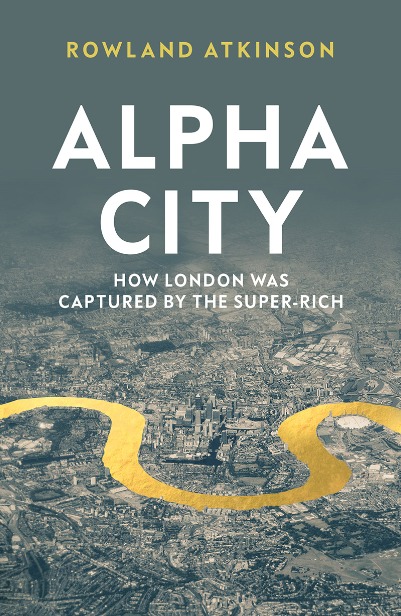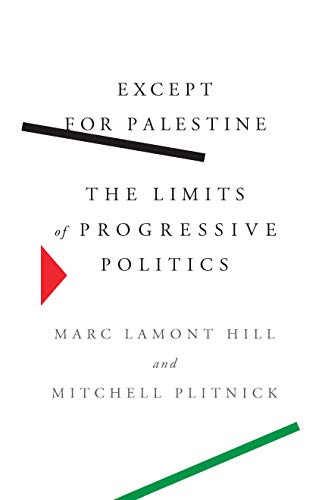China’s New Red Guards: The Return of Radicalism and the Rebirth of Mao Zedong, Jude D. Blanchette, Oxford University Press, 2019, pp. 206, ISBN: 978-0-19-060584-1
Last year, in 2019, Xi Jinping, General Secretary of the Chinese Communist Party, was pictured attending Mao Zedong Mausoleum in Tiananmen square with other high-ranking officials of the Party. Six years prior, Xi bowed before the remains of the Chairman and proceeded to honour the martyrs who gave their lives for the Communist cause. “This red land was hard-won and paid for with the fresh blood of tens of millions of revolutionary forebears,” Xi extolled, reminding the audience that “we must always recall where red power came from.”
The Chinese leadership is often presented in the media as a monolith. However, in his book, China’s New Red Guards, Jude Blanchette, a researcher at the Washington-based CSIS, sheds light on the underlying ideological struggles that have shaped the direction China is going.
Since Mao’s death in 1976, a fierce ideological battle has been waged surrounding his legacy. Given the Great Helmsman has been the guiding anchor for China for more than 20 years, the question over what next confused Beijing. Just hours after Mao’s death, the People’s Liberation Army was put on highest alert, believing that a counterrevolutionary coup might be attempted. Infighting between the powerful Gang of Four led by Mao’s wife, Jiang Qing, and Mao’s designated successor Hua Guofeng was resolved when the former were imprisoned and charged with treasonous offences. The Gang of Four was blamed for the anti-Rightist campaign, the Great Leap Forward and the Cultural Revolution, which effectively absolved Mao of any blame. Mao’s legacy was thus purged of any excesses, while still allowing the CPC leadership to claim to be his legitimate successors. This provided them with ideological space to steer the society and economy away from the lines Mao took.
The Party’s ideological future was settled at the Work Conference just prior to the infamous Third Plenum of the Eleventh Party Congress when it was decided the Mao had made mistakes but that Mao Zedong Thought remained the guiding principle. This provided an opportunity for people to criticize Mao, and the 1980s saw the political reawakening of Chinese people, leading to the establishment of what would later be called “historical nihilism,” which sought to negate Mao’s achievements and contest his legacy.
Deng Xiaoping, who emerged as the leader of the post-Mao China, created a further ideological rift by promulgating economic reforms aimed at spurring economic growth by opening the Chinese market. He further let unprofitable State-Owned Enterprises sink, creating huge armies of unemployed, and smashed the “iron rice bowl.” By integrating China into the global markets, Deng sought to provide economic growth and political stability on which the post-Mao CCP legitimacy rested.
Naturally, this departure from Mao’s initial project led to factions forming within the Party, with the so-called conservative wing pushing for the return to state-led, socialist development, and reformers calling for open markets and a small state. Blanchette focuses on the “radicals,” those who seek to uphold Mao and push the CPC back into the original lane. They are a loose group of public intellectuals, activists, students and ex-PLA soldiers and officers who gather around online publications such as Utopia, Red Flag and Mao Flag. Oscillating between suppression and tolerance, the CPC has alternatively permitted and stifled these groups. The main difficulty in forging a coherent policy towards left-wing opposition is their espousal of Mao’s legacy. The CPC itself draws its legitimacy from the revolutionary days as well, and by suppressing another group that seeks to uphold its principles, the Party would ultimately turn on itself.
The opening of China in the 1990s, led by Premiers Li Peng and Zhu Rongji, and President Jiang Zemin provided fertile ground for neo-Maoist groups to flourish. Market restructuring led to vast wealth disparities, impoverishment of workers and ruthless exploitation. Workers lost the security they once enjoyed, and neo-Maoist groups seized on this opportunity to spread their message, which increasingly resonated with the population. Moreover, cronyism and corruption flourished as state-owned enterprises were privatized through schemes such as management buyouts (MBO). MBOs would allow management of an SEO to purchase shares at deflated prices and sell company assets for vast sums of money, creating wealthy elites and unemployed poor overnight. New property laws had to be drafted to allow China to join the World Trade Organization, which were in stark contrast to socialist principles.
While neo-Maoists contested these schemes in public and online, Blanchette’s focus on their actions inflates their importance and exaggerates their influence. Opposition within the CPC played a large part in keeping the leadership of the Party in check and forcing eventual changes to the market-driven legislature, as was evidenced by the opposition to Zhu Rongji’s willingness to kowtow to US demands in the late 1990s.
The more China engaged in the world, the more the underlying ideological tensions between reformers and neo-Maoists surfaced. Each had supporters within structures of power in the CCP, academia and newspapers, yet neither had a candidate to stand behind. Neo-Maoists had a brief period when they coalesced behind Bo Xilai, the mayor of Chongqing. He tried to implement the “Chongqing Model” to address the social consequences of economic reforms. He built social housing, targeted crime and corruption, staged “red concerts” and openly associated with Mao and refused to dismiss the Cultural Revolution. In him, neo-Maoists saw a potential leader who would steer China back to a socialist path. However, Bo’s ambition and open disregard for Party procedure and policy landed him a lifelong prison sentence on corruption charges. On the other hand, the Party acted to silence voices calling for too much reform, as well. Signatories of “Charter 08,” led by Liu Xiaobo, were imprisoned for “inciting subversion of state power.” The Party thus attempted to thread the fine line between upholding revolutionary legitimacy rooted in its socialist past and ongoing reforms that provided economic growth on the back of millions of exploited workers.
Xi Jinping, as Blanchette shows, represents different ideological currents who project their aspirations onto his leadership. Shrouding himself in Mao’s mantle, Xi sought to align his leadership with the revolutionary legacy of red China and draw a unified lineage from 1949 to the 21st century. He sought to correct any contradictions between the Mao era and Deng’s economic reforms by creating an economic framework in which the State acts to police the boundaries of internal markets. These limits are transposed onto permissible political engagement where those who stray too far in their criticism are silenced, as has happened to students and labour activists who seek to address the issue of exploitation. As China develops, it is increasingly the Left who is suppressed. The suppression of Maoists, socialists and communists serves to prove that Deng Xiaoping was correct when he stated that “we should be concerned about right-wing deviations, but most of all, we should be concerned about left-wing deviations.”
That China is often depicted as socialist by the foreign media allows the CPC to claim the legitimacy of the revolutionary struggle of Mao’s communists. At the same time, it allows the CPC to implement policies that facilitate the exploitation of its workforce. The underlying ideological will only heighten the more objective conditions of material existence come into conflict with proclaimed goals of the Party.




